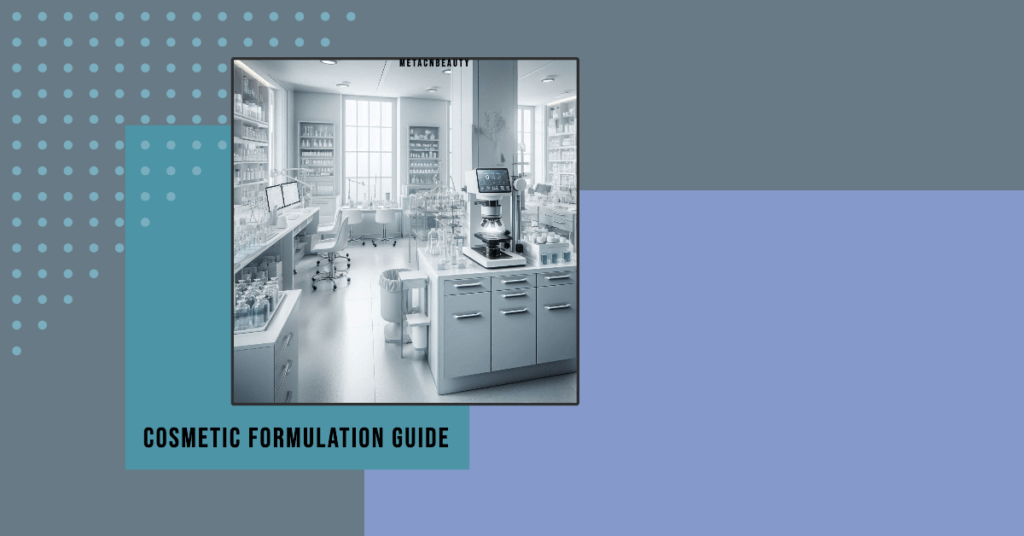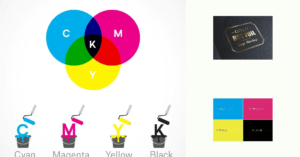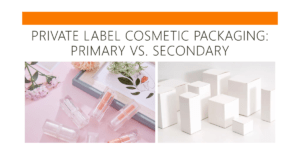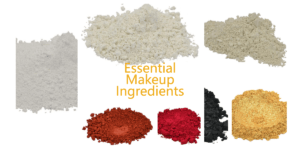Understanding cosmetic formulations is crucial for both consumers and manufacturers. A recent survey indicated that 72% of consumers want brands to explain what ingredients do, and 42% feel they don’t get enough information about ingredient safety. Moreover, 90% of consumers prefer natural ingredients in their cosmetics.
Table of Contents
What This Guide Covers
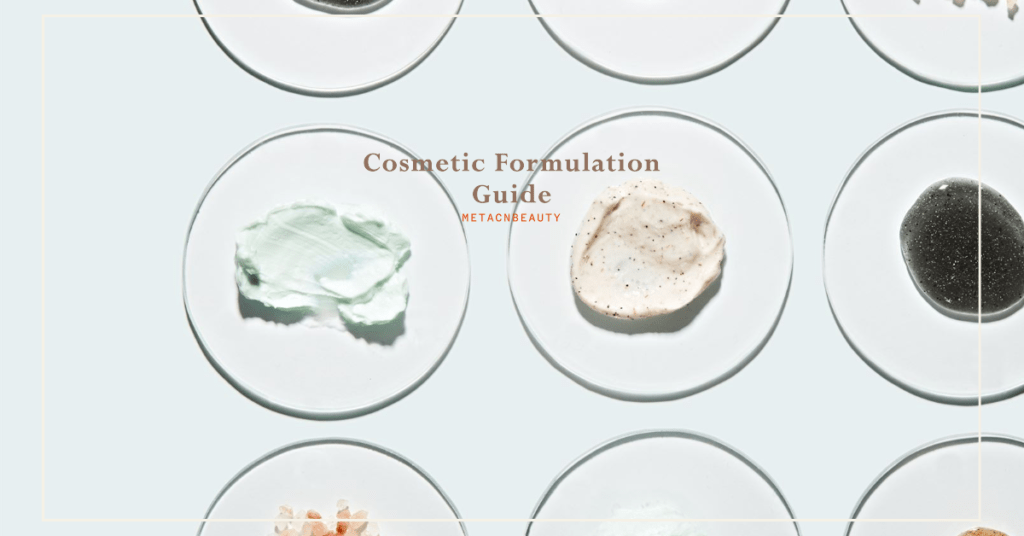
This guide breaks down the essentials of cosmetic formulations, offering insights into ingredients, practical steps in formulation, and case studies of popular products. Whether you’re new to the field or looking to deepen your knowledge, this guide is designed to provide you with all the information you need.
Cosmetic Formulation Ingredients 101: What Goes into Cosmetic Products?
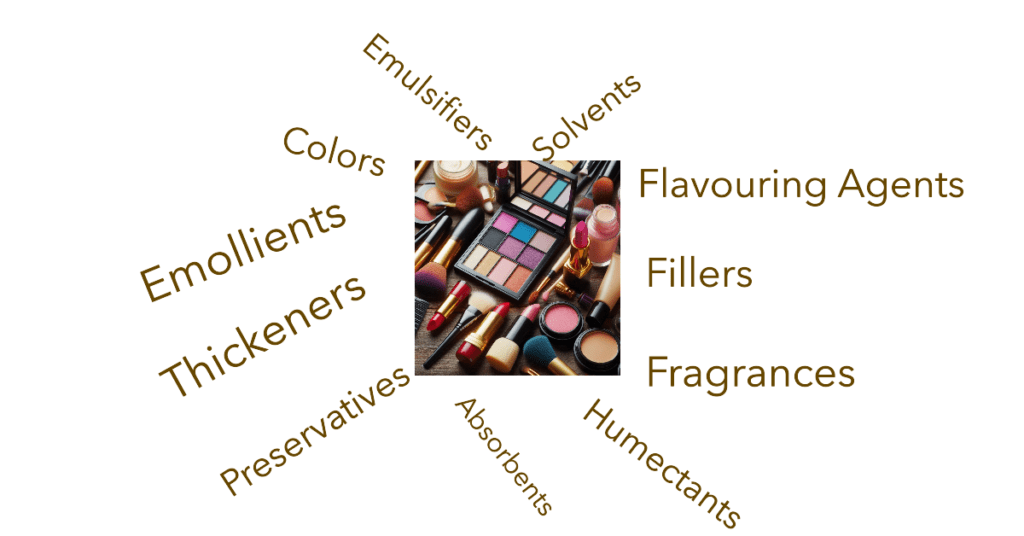
Understanding the basic ingredients in Cosmetic Formulation is the first step in becoming knowledgeable about what goes into your products and making informed choices.
| Ingredient Type | Examples |
|---|---|
| Solvents | Water, Ethanol, Propylene Glycol |
| Emulsifiers | Lecithin, Sorbitan Oleate, Polysorbate 20 |
| Emollients | Shea Butter, Jojoba Oil, Squalene |
| Preservatives | Parabens, Phenoxyethanol, Sorbic Acid |
| Fragrances | Linalool, Citronellol, Geraniol |
| Colors | Titanium Dioxide, Iron Oxides, Ultramarines |
| Thickeners | Xanthan Gum, Guar Gum, Carrageenan |
| Absorbents | Kaolin, Bentonite, Silica |
| Fillers | Mica, Talc, Nylon-12 |
| Flavouring Agents | Vanillin, Menthol, Cinnamal |
| Humectants | Glycerin, Sodium Hyaluronate, Propylene Glycol |
1. Solvents
Solvents serve as the base for many cosmetic products, dissolving other ingredients to create a uniform solution. Common solvents include water in creams, oils in makeup, and alcohols in various formulations.
2. Emulsifiers
Emulsifiers help mix oil and water-based ingredients, which typically do not blend well together. Essential in creams, lotions, and conditioners, emulsifiers ensure a smooth and consistent product.
3. Emollients
Emollients soften and smooth the skin by filling the gaps between skin cells. They are commonly found in moisturizers and lipsticks, using oils, esters, and fatty acids to enhance skin feel.
4. Preservatives
Preservatives are vital for preventing the growth of bacteria and mold, extending the shelf life of cosmetic products. Common preservatives include parabens and sodium benzoate.
5. Fragrances
Fragrances enhance the sensory experience of cosmetics, adding pleasant scents to products. They play a crucial role in customer satisfaction and product appeal.
6. Colors
Color pigments, both natural and synthetic, are used to add the desired hue to cosmetic products. They are crucial for aesthetic appeal and product identity.
7. Thickeners
Thickeners improve the viscosity and texture of cosmetic formulations, ensuring the product has the desired consistency, whether it be a thick cream or a fluid lotion.
8. Absorbents
Absorbents, or mattifiers, absorb excess oil from the skin, making them ideal for products like oil-free moisturizers and matte lipsticks. They enhance the longevity and appearance of makeup.
9. Fillers
Fillers add bulk and texture to cosmetic products, contributing to a smooth application and enhancing the product’s visual appeal. They can also provide additional effects, such as a matte finish.
10. Flavouring Agents
Flavouring agents are primarily used in lip products to enhance the sensory experience by providing a pleasant taste.
11. Humectants
Humectants attract moisture to the skin’s surface, making them key ingredients in hydrating products like moisturizers, creams, and serums.
Case Study 1: Nivea Face Creme
Nivea Creme is a classic example of an effective cosmetic formulation. Let’s analyze its ingredients:
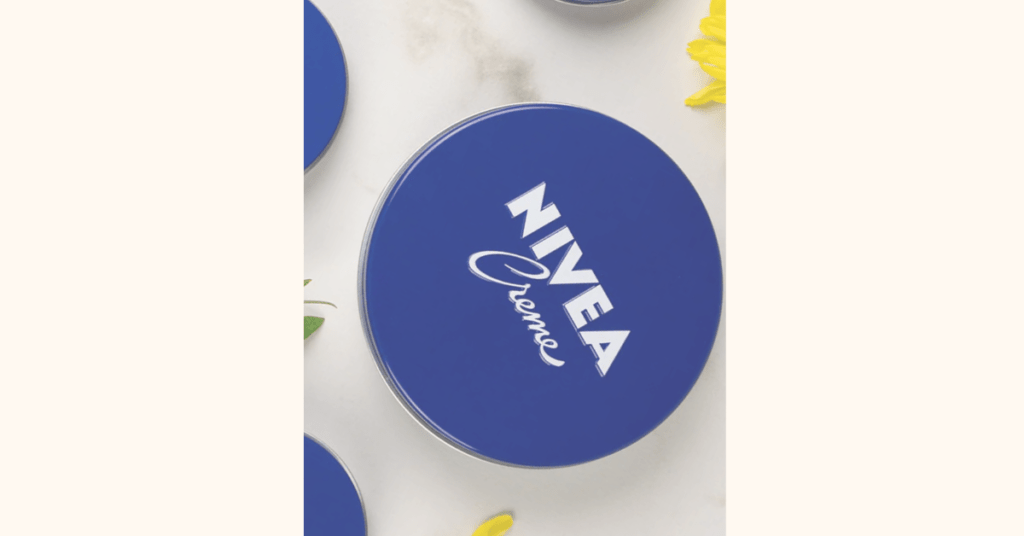
| Type | Ingredient Name |
|---|---|
| Solvents | Water |
| Emollients | Mineral Oil, Petrolatum, Glycerin, Microcrystalline Wax, Lanolin Alcohol, Paraffin, Decyl Oleate, Octyldodecanol |
| Humectants | Glycerin |
| Thickeners | Microcrystalline Wax, Lanolin Alcohol, Paraffin, Aluminum Stearates |
| Emulsifiers | Aluminum Stearates, Magnesium Sulfate, Magnesium Stearate |
| Fragrances | Fragrance |
| pH Adjusters | Citric Acid |
| Preservatives | Methylchloroisothiazolinone, Methylisothiazolinone |
- Solvent: Water helps dissolve other ingredients and makes the cream easy to spread.
- Emollients: These ingredients soften the skin by sealing in moisture.
- Humectant: Glycerin attracts moisture to the skin, keeping it hydrated.
- Thickeners: They give the cream its texture and stability.
- Emulsifiers: Ensure even mixing of all ingredients.
- Fragrance: Adds a pleasant scent to the cream.
- pH Adjuster: Balances the product’s pH for safe application.
- Preservatives: Prevent bacterial growth and extend shelf life.
Case Study 2: MAC Lipstick
Let’s explore the ingredients in MAC lipstick:
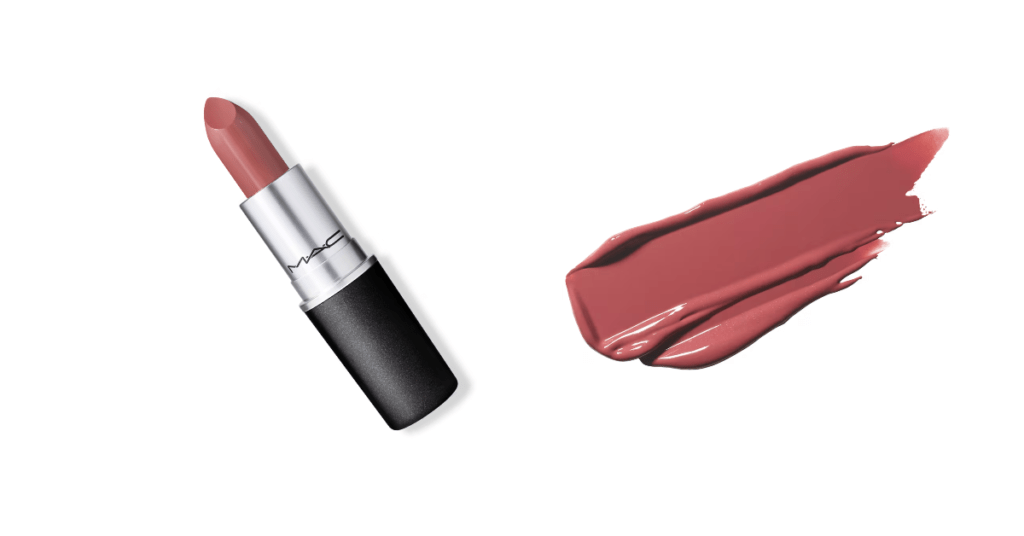
| Type | Ingredient Name |
|---|---|
| Emollients | Dimethicone, Tridecyl Trimellitate, Phenyl Trimethicone, Dimethicone Crosspolymer |
| Thickeners | Polyethylene, HDI/Trimethylol Hexyllactone Crosspolymer, Silica Dimethyl Silylate (Nano) |
| Absorbents | Zeolite, Kaolin, Alumina |
| Fillers | Silica, Polysilicone-11 |
| Preservatives | Caprylyl Glycol |
| Emulsifiers | Polyhydroxystearic Acid |
| Flavors | Flavor (Aroma), Sodium Saccharin |
| Antioxidants | Tocopherol (Vitamin E) |
| Colors | Mica, Titanium Dioxide (CI 77891), Iron Oxides (CI 77491, CI 77492, CI 77499), Bismuth Oxychloride (CI 77163), Blue 1 Lake (CI 42090), Carmine (CI 75470), Orange 5 Lake (CI 45370), Red 6 (CI 15850), Red 21 (CI 45380), Red 28 (CI 45410), Red 30 (CI 73360), Red 6 Lake (CI 15850), Red 7 Lake (CI 15850), Red 22 Lake (CI 45380), Red 28 Lake (CI 45410), Red 30 Lake (CI 73360), Red 33 Lake (CI 17200), Yellow 5 Lake (CI 19140), Yellow 6 Lake (CI 15985) |
- Emollients: Keep lips soft by sealing in moisture.
- Thickeners: Provide body and spreadability to the lipstick.
- Absorbents: Manage oil and shine on lips.
- Fillers: Ensure a smooth, creamy texture.
- Preservatives: Protect against bacterial and fungal growth.
- Emulsifiers: Ensure even mixing of ingredients.
- Flavors: Add a pleasant taste.
- Antioxidants: Protect lips and keep the product fresh.
- Colors: Provide a range of hues.
Step-by-Step Guide: Cosmetic Formulation Process
Creating a successful cosmetic product involves a detailed, step-by-step process that blends science with market understanding.
Step 1: Project Briefing and Defining Key Metrics
Create a detailed project brief outlining your vision, desired attributes, and pricing objectives.
Step 2: Drawing Inspiration from Successful Products
Use existing products as benchmarks for quality and innovation. Modify them to suit your vision.
Step 3: Conception of Formulation
Formulators blend ingredients to meet the project’s specifications, ensuring quality and safety.
Step 4: Creating the First Sample
The initial blend is created, serving as the starting point for your product.
Step 5: Sample Revision and Perfection
Evaluate and revise the sample, using precise feedback to achieve the desired characteristics.
Step 6: Choose Packaging
Select packaging that aligns with your product’s size, price point, and brand image.
Step 7: Compatibility and Stability Testing
Test the product under various conditions to ensure stability and compatibility, maintaining quality over time.
FAQs about Cosmetic Formulation
How much does cosmetic formulation cost?
The cost varies widely based on formula complexity, ingredient quality, production volume, and testing requirements. Custom formulas can range from a few hundred to several thousand dollars.
How long does it take to formulate a cosmetic product?
The timeline can range from a few weeks to over a year, depending on formula complexity, ingredient sourcing, testing, and regulatory approvals.
What factors influence the cost and timeline of cosmetic formulation?
Key factors include formula complexity, ingredient quality, production volume, testing and compliance costs, packaging, and any special requirements for the product or market.
What are the key components of cosmetic products?
Key components include solvents, emulsifiers, emollients, preservatives, fragrances, colors, thickeners, absorbents, fillers, flavoring agents, and humectants. Each component serves a specific function, such as dissolving ingredients, ensuring smooth texture, preventing microbial growth, adding scent and color, and providing moisture.
Why are preservatives important in cosmetics?
Preservatives are essential to prevent the growth of bacteria, mold, and yeast in cosmetic products. They extend the shelf life and ensure the safety and stability of the product, protecting consumers from potential infections and product degradation.
How do emulsifiers work in cosmetic formulation?
Emulsifiers help blend oil and water-based ingredients that typically do not mix. They stabilize the mixture, ensuring a smooth and consistent texture in products like creams, lotions, and conditioners.
